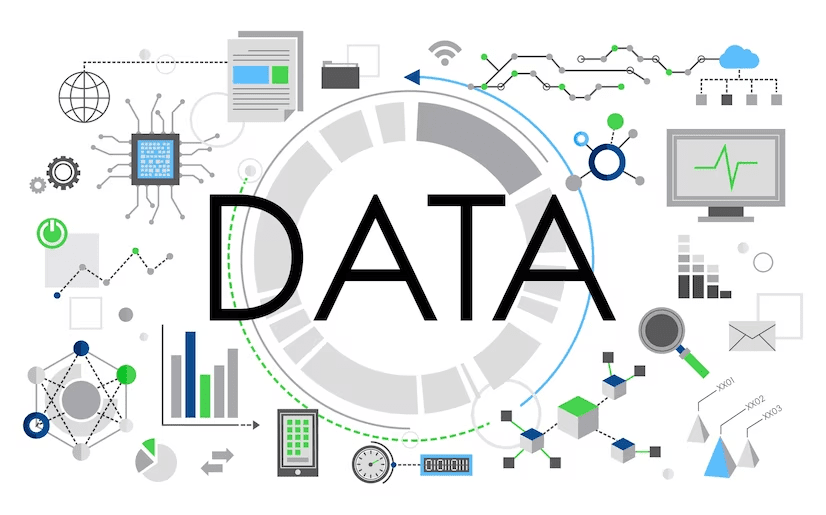Let’s start with the very basics for the uninformed. What is SCRUM? Simply put, SCRUM is one of the most popular agile systems in the world, revolutionizing software development. It has become part and parcel of agile frameworks around the world by drastically reducing the time between the conception and delivery of a shippable product. It borrows the idea from rugby, where the game is primarily carried out in different stages of play, known as sprints in the scrum, and usually between what is known as a scrum where the players from both teams huddle together in the center of the pitch.

Then who is a Scrum product owner?
Scrum Product owners lie at the very top of the production chain. They play a vital role in the whole creative process and are the starting point in the conception and design of the software. Their job is to assess the needs of a client as well as the customers and design an entire system that checks all the boxes in terms of utility as well as UI and suggests necessary features of the software. Their crucial role lies in communicating with the customer daily identifying critical aspects of the project and making sure it makes it to the actual production.
What is the role played by the Product Owner?
A product owner can be likened to a composer while the scrum master is the conductor of an orchestra. A product owner acts as the vital cog between the client and the development team. They also serve as the voice of both the client and all the stakeholders making excellent communication skills essential. They have to dig deep to identify the needs of the customer by continually liaising with the client and then conveying it to all the stakeholders including the delivery team, in a technical language if necessary.
Composer and conductor?
It is simple, while the Product owner is responsible for ideating how the final product should look like, the scrum master makes sure that the whole development process is running like clockwork. Nevertheless, both the product owners and scrum masters are two of the most vital roles in the agile scrum system. They both are heavily involved in the conceptualization and the planning of the processes.
However, the significant difference lies in the fact that the product owners are more involved in the conceptualization and customer relations and understanding the essence of the program while the scrum master is more involved in the product development stages and will be an expert at organizing the scrum. It is important to note that for the successful delivery of the product, it is essential for the scrum master and the product owner to be on the same page.
How necessary is it to know scrum
A highly contested issue; many people believe that a product owner must be well-versed in Scrum. However, the truth is far from it. The product owner has to collaborate with the customer as well as the development team and plays a strategic role in conducting operations. However, even though it’s not necessary to be an expert at scrum, a basic knowledge of scrum will go a long way, and the product owners will be able to aid the scrum masters should the need arise.
Who should and can become product owners
Anyone with experience in the IT field can technically become a Product Owner. However, more often it is the team leads, product managers, software development managers, and architects as well as aspiring coders and developers who become successful product owners provided they have the right aptitude for it. Nevertheless, to start with, Certified Scrum Product Owner® training and certification would be required to set up a stable career as an SPO.
Training and certification
Ideally, the product owner must have completed a Certified Scrum Product Owner® course and have undergone a full-fledged training program to understand all the nitty gritty bits of the role. With the number of online courses available to choose from, it is, now more than ever, more comfortable to pick up learning. Online learning offers extreme flexibility when it comes to learning when you want, where you want. Online learning also gives you unlimited access to learning resources. Most courses provide a free two-year membership with Scrum Alliance after the successful completion of the course. After the end of the course, you will be able to flawlessly interact with the stakeholders as well as the dev team, plan critical levels of product development realistically reduce the risks involved while simultaneously improving the ROI of the product.








